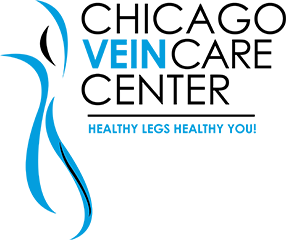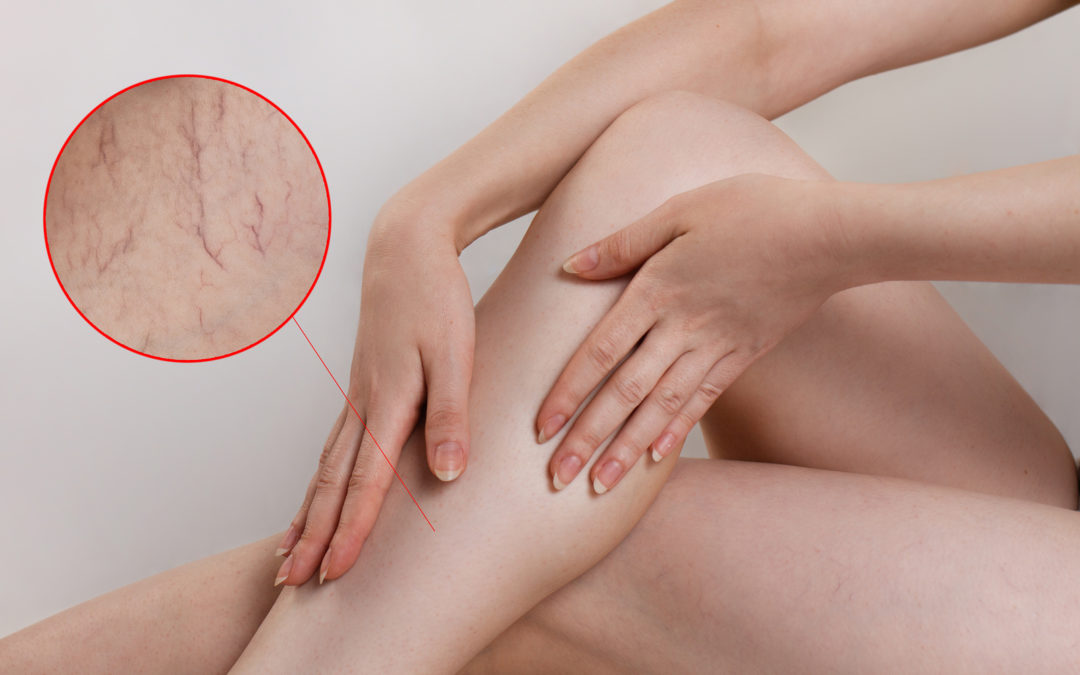Wondering whether massaging varicose veins help? Simple answer: no – but it gets more complicated than that.
While massage may help to get rid of some complications associated with varicose veins, such as pain and swelling, it doesn’t solve actually the problem. Want to know if massage is safe or why it is considered for varicose veins? Continue reading to find out.
Massage Therapy for Varicose Veins
Massage therapy is a technique of the manipulation of soft tissues in the body. These techniques are usually applied with fingers, hands, elbows, feet, forearms, or using a device. Massaging the affected area can help relax the muscles and relieve pain.
A majority of people tend to avoid consulting a physician for varicose veins. Instead, they prefer home remedies for relief from their symptoms and massage is one of them.
Meanwhile, even massage therapists avoid massaging varicose veins as it causes backflow of blood in the affected vein and increases the risk of dislodging a clot. Furthermore, massaging is not recommended over areas that are inflamed or ulcerated.
Nevertheless, some massage techniques, such as circulatory massage and lymphatic drainage, which improve tissue nutrition and blood circulation can benefit you to get rid of pain and swelling associated with varicose veins.
Prenatal Massages for Pregnant Women with Varicose Veins
Varicose veins are a common occurrence during pregnancy with almost 30% of the pregnant females being affected by them. Various reasons such as hormonal changes that cause the walls of blood vessels to relax and increased blood circulation during pregnancy increase the risk of varicose veins. Moreover, the growing fetus puts pressure on the mother’s enlarged blood vessels, aggravating the condition.
As varicose veins occurring during pregnancy are not permanent and other treatments are not recommended, you can get symptomatic relief through massaging and wearing compression stockings. Of note, it is recommended to consult your doctor before getting a massage for varicose veins during pregnancy. In cases of ulceration or inflammation, massage is not recommended.
A few message types that are recommended for varicose veins during pregnancy are:
- Reflexology massage: This type of massage is done on the feet and hands. Reflexology massage also helps the spine and digestive system.
- Lymphatic drainage massage: It facilitates the movement of lymph into the blood vessels, improving the blood circulation and preventing the blood from pooling.
- Circulatory massages: This type of massage boosts the movement of blood through the blood vessels
After delivery, varicose veins developed during pregnancy heals on its own. However, if it fails to improve even after three months of pregnancy or you feel fatigued or discomfort in your legs, it is recommended to consult your doctor to determine if any residual vein problems still persist and if it can benefit through treatment such as laser therapy. Some females choose to treat varicose veins after the final pregnancy. But if you decide not to have children anymore, it is a good idea to get them treated immediately.
Should You Have Your Varicose Veins Massaged?
No, you should not. Normally, the valves in the vein allow blood flow only in one direction, preventing the backflow of blood in the veins. However, when these valves fail to function adequately, they cause pooling of the blood in the veins. This, in turn, puts pressure on the walls of the veins, making them tortuous. The pooled blood can also cause clot formation that can block any blood vessel.
Massaging the affected veins may cause backflow of blood that can make your condition worse. Furthermore, massaging a varicose vein may cause blood clots in the affected area to dislodge, which may prove fatal if the clot settles in the blood vessels in the brain as it could result in a stroke.
Remedies for Varicose Veins
When suffering from mild pain or discomfort caused by varicose veins, don’t get a massage. Here’s what you should do instead.
- Exercise: Low-impact exercises improve your blood circulation and facilitates pumping of calf muscles that guide blood flow towards your heart. Exercises such as walking, yoga, swimming, cycling, and stretching are beneficial.
- Dietary changes: Including high-fiber foods, such as wheat, nuts, flaxseeds, oats, artichokes, cauliflower, sweet potatoes, figs, and avocados prevents constipation, which worsens varicose veins. Moreover, including foods rich in potassium, such as yogurt, pistachios, white beans, dates, potatoes, greens, and oranges prevent water retention, which again worsens your condition.
- Compression stockings: They prevent pooling of blood in the blood vessels, improving varicose veins and preventing them from
If your problem still persists even after trying these remedies, it is recommended to consult a doctor. If left unattended, varicose veins may cause complications such as bleeding, inflammation, or clot formation. Depending on your condition your doctor may advise the following:
- Ligation and stripping: In this treatment procedure, the upper part of the affected vein is ligated, and a wire is introduced from the other end. This wire helps in stripping the affected vein.
- Sclerotherapy: A chemical is injected in the affected vein that causes them to scar and close.
- Endovenous laser treatment: In this treatment, a laser is introduced through a catheter, which releases energy bursts that heats the vein, sealing them. This laser treatment is done under local anesthesia.
- Radiofrequency ablation: This is similar to endovenous laser treatment, but instead of a laser, radiofrequency energy is used to heat the vein. This procedure is usually preferred for larger varicose veins.
- Transilluminated powered phlebectomy: It involves using transilluminator, which are special lights, that allow your doctor to see the affected vein and remove them with a suction device.
Varicose vein is a common condition, especially during pregnancy. Massage is a common home remedy preferred by many to get rid of their complaints. However, massage is not recommended for varicose veins unless they develop during pregnancy. Although home remedies such as exercise and compression stockings can be helpful, for permanent relief treatment procedures such as sclerotherapy and laser treatment should be opted for.

